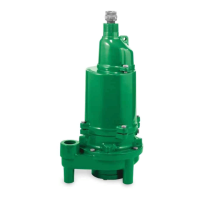
Do you have a question about the Pentair MYERS WGL20 and is the answer not in the manual?
| Model | WGL20 |
|---|---|
| Category | Water Pump |
| Type | Submersible |
| Power Source | Electric |
| Housing Material | Cast Iron |
| Seal Type | Mechanical |
| Phase | Single Phase |
Read manual, follow instructions, check local codes, and practice safe methods for installation and operation.
Highlights risks of shock, electrocution, biohazard exposure, and asphyxiation requiring PPE and qualified personnel.
Warns against open flames, flammable liquids, and the sharp grinding mechanism, requiring power disconnection.
Product contains chemicals known to cause cancer, birth defects, or other reproductive harm.
Covers safe lifting, avoiding dry running, and specific operational advice for grinder pumps.
Information on UL/CSA certified control panels and recommended intrinsically safe level controls.
Details on setting upper turn-on, lower turn-off, override, and alarm float controls for basin water levels.
Explains the purpose of the air vent hole and its maintenance for proper pump operation.
Specifies pump usage for domestic sewage and identifies WGL20H (high head) and WGL20F (high flow) models.
Details the heavy-duty, submersible design, capacitor start/run motor, and two oil-filled chambers.
Describes the on-winding overload switch for single-phase motors and the need for panel protection for three-phase.
Information on 5-conductor cords for seal leak detectors and the importance of the cord seal grommet.
Emphasizes proper grounding and discusses suitable three-phase control equipment for operation.
Guidance on interpreting amp readings and winding resistance for diagnosing electrical issues.
Troubleshooting steps for air locking, clogged inlets, closed valves, or high discharge head.
Indicates lower seal leak; requires immediate pump removal for service to prevent motor damage.
Addresses overload resets, potential grinder clogs, motor failure, or faulty control box components.
Troubleshooting for H-O-A switch position, failed level controls, clogged grinders, or check valves.
Diagnosing excessive load from shorts, lightning damage, or motor/control box issues via resistance checks.
Potential causes include clogged grinders, impeller rubbing due to misalignment, or bent shaft.
Troubleshooting for high pump-on switch settings, cleaning cycles, or trash around the pump weight.
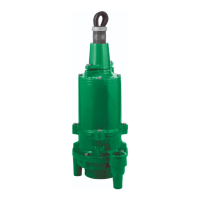
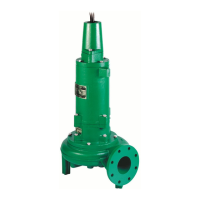





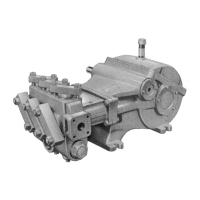
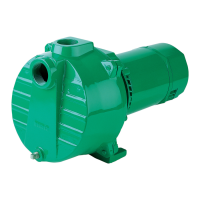

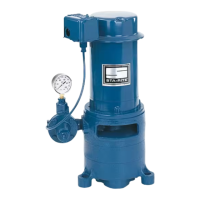

